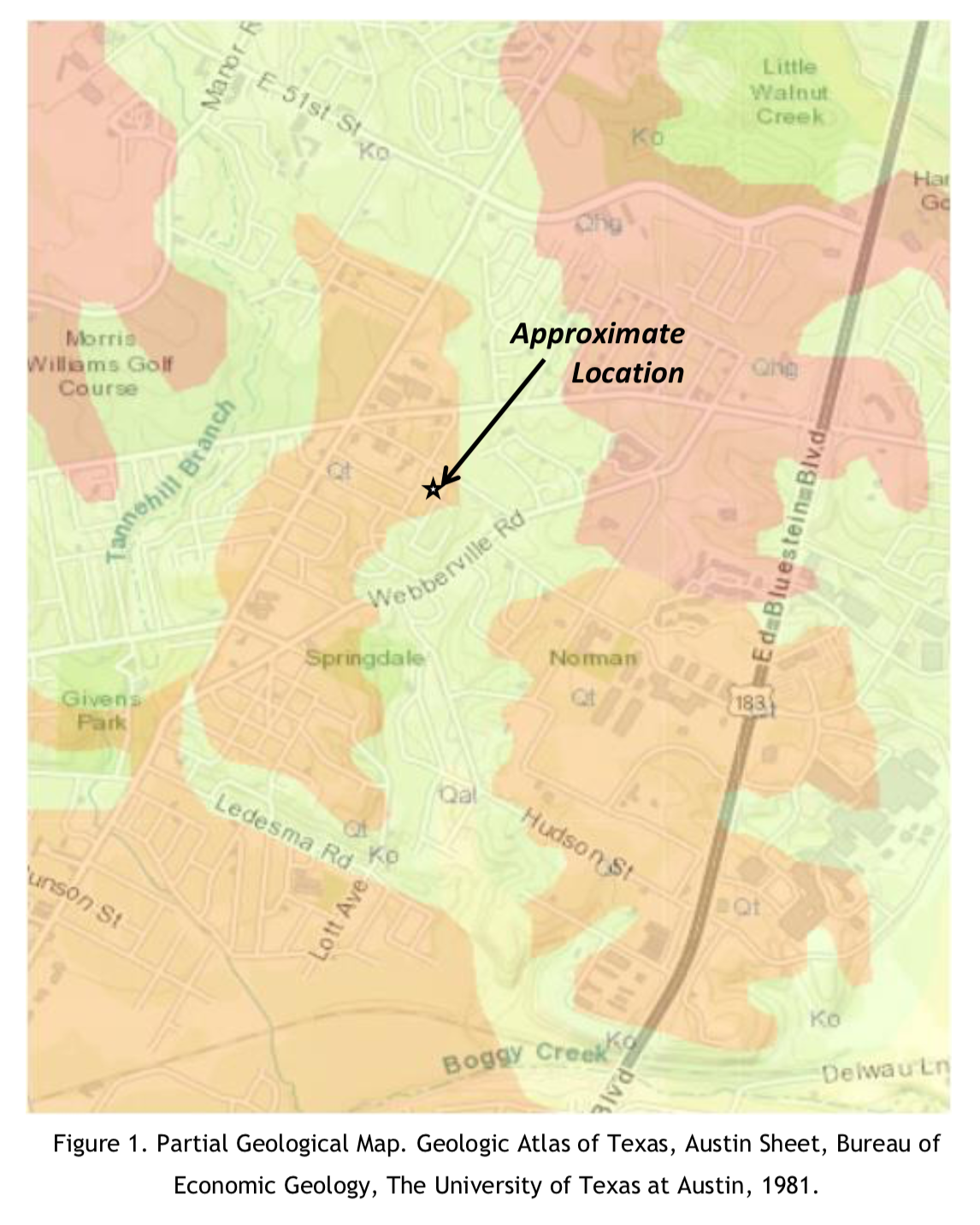“You can bury a lot of troubles by digging in the dirt.” Author unknown
What is a Geotechinal Report and why is it important?
If you are considering building a new structure, such as a house or commercial building, it is important to understand what is below. A good foundation is always critical as with anything in life!
A geotechnical report is a subsurface soil testing and exploration analysis. It is crucial to understand the soil mechanics of a site in order to properly design a suitable foundation for a structure.
Let’s start with a few basic questions and definitions:
What is soil? It’s all just dirt right?
Dirt is much more complex and complicated than you may think. Technically soil is “defined as sediments or other unconsolidated accumulations of solid particles produced by the physical disintegration and chemical decomposition of rocks. It may or may not contain organic matter.”
Soil is basically minerals, decomposed organic matter, organic matter, etc. It is a complex and dynamic mix of particles, and this mix defines the characteristics of soil.
So where does soil come from?
Some soil may have been formed in place from rocks decomposing or breaking apart and is classified as residual. All other transported soils are classified by their method of transportation. There are four basic classifications:
Colluvium - Transported by gravity. I.e. landslides, or soil that gradually moves down a slope.
Alluvium - Transported by water
Aeolian - Transported by wind
Glacial till - Soil that has been tilled out of the Earth’s crust by ice.
The transportation process is important because it often determines what types of soils are found in certain locations and what properties it may contain as it relates to foundation designs.
In foundation design, perhaps one of the most important factors in soil mechanics is the soil’s reaction with water. Moist soils contain some form of water. The presence of water changes the soil’s properties such as volume, weight, density, etc. Think of dust and mud - some soils with the exact same mixture can go from each extreme. Would you want to build your dream house on mud?
First let’s take a brief history lesson:
In the late 1800’s and early 1900’s a Swedish scientist named Albert Atterberg developed tests and a classification system to determine the water content of soil and when certain changes in characteristics would take place. Soil can basically change from a slow to a liquid (dust to mud) depending on it’s moisture content. Atterberg therefore established four states of consistency based on water content:
Solid
Semisolid
Plastic
Liquid
These states are called the Atterberg limits.
Back to the geotechnical report:
How is the soil investigated?
The soil is tested with a drilling rig that drills down or taps down into the soil. As it hammers into the soil it collects the dirt within the boring casing so it can be extracted and analyzed for testing.
What is typically included in a geotech report?
The geotech report will provide foundation recommendations based on the soil profile, the site geology, the project description (obtained from the architect), the site stratigraphy and a detailed analysis of the soil characteristics described above.
How does this influence your foundation design?
The geotechnical report greatly influences the foundation design as it provides a wealth of knowledge to your structural engineer during the design process. It will make recommendations on grade beams, reinforcing requirements, etc.


